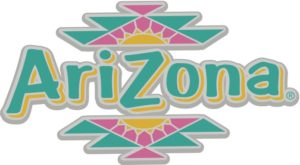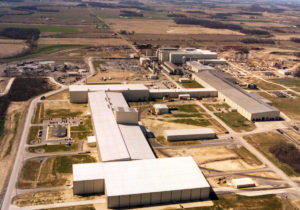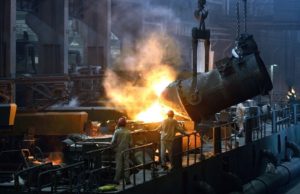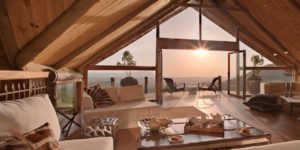The #1 iced tea choice in America did not start out as tea at all. John Ferolito and Don Vultaggio, founders of AriZona Tea, started out trying to sell beer out of the back of their VW bus. Their pair of malt liquors, Midnight Dragon and Crazy Horse, were struggling to make an impact in the alcohol market. Ferolito and Vultaggio were getting fed up with the regulations on alcohol and were jealous of the quick success that Snapple was having with their drinks. In a quick pivot, the two young men shifted their business to the non-alcoholic market.
The first attempt to make it in the new arena met with little success. They started producing a 16 oz. canned line of tea called Wesley & Spencer, named after Vultaggio’s two young sons. This line failed to differentiate itself from the competition and was largely unsuccessful.
Pivoting again, they decided to try a new line, using the 23.5 oz. big boy beer cans which they knew from the malt liquor business. They dubbed the new line “AriZona”, inspired by Vultaggio’s wife who had just returned from a trip to the state of Arizona. She was inspired by the natural beauty there, and it proved to be great branding inspiration for the new line. They decided this time to hire a designer for the art on the cans. This woman, Jean Pettine, has acted as their one-woman virtual design department ever since that time. Over the years she has given Arizona Tea its picturesque can-art, for which it is famous.
 Ferolito and Vultaggio have continued to run the business and have now been in partnership together for over twenty years. They have made a name for themselves by pushing the status quo in their industry. Together, they have shown the value of being willing to pivot ideas when things aren’t going as planned. Their continual search for the perfect product eventually paid off and brought tremendous success.
Ferolito and Vultaggio have continued to run the business and have now been in partnership together for over twenty years. They have made a name for themselves by pushing the status quo in their industry. Together, they have shown the value of being willing to pivot ideas when things aren’t going as planned. Their continual search for the perfect product eventually paid off and brought tremendous success.











